.
.
New Short Fiction Award
Three times a year, we award a writer who submits, in our opinion, the best original, previously unpublished work.
Anna Dallara of Chapel Hill, North Carolina is the winner of the 32nd Jerry Jazz Musician New Short Fiction Award, announced an published for the first time on March 8, 2013.
.
.

Anna Dallara
.
Anna Dallara is a high school senior. She is a black belt, jazz flutist, and amateur book-binder. She has won community writing events, but “The Valley of Ashes” is her first published story.
.
.
___
.
.
.
The Valley of Ashes
by
Anna Dallara
.
______
.
She didn’t dance to the music; she danced with it. The melody wrapped his arms around her and the chords ran ivory fingers through her curls. Harmony whispered in her ear and she laughed at all his jokes. She twirled up and down scales with him, the hem of her skirt swirling a single syncopated beat behind her. Her form in her red dress was as curvaceous as the treble clef, and her quick smile flashed staccato at the other dancers and drinkers, lingering largo in the hearts of those who were gifted with the lively beats.
Where she moved, others followed, enraptured by her dance, her smile. Most of them already knew her; indeed, it was hard not to know her. Her skirt fanned out to the very edges of a room, tickling the ankles of everyone who walked by.
Just beyond the jagged borders of the crowd was another woman. She didn’t dance. She stared at the pattern on the carpet, afraid to meet melody’s gaze, afraid to let her feet tap or her hips swivel. She didn’t smile. She just stood, arms folded, heart folded. Her thick hair was too heavy for her face, like a small, pale window no bigger than a port-hole curtained off by brocaded drapes long enough to brush the floor.
You stood somewhere between them, the bright dancer and the dark specter. You’ve seen them before, many times. Their faces were calendar months; you flipped the pages, wound the clock, but somehow, you always circled back to them. You’ve learned to recognize them in an instant, search for them in a crowd. But you don’t know who they are. Then again, you don’t know who you are either, do you? What are you doing here, seeing everything and nothing all at once, surrounded by familiar strangers? You are a god, a ghost, a shadow creeping across the carpet or nestling in the hollows of cheekbones. You are déjà vu; you are the face in the mirror. You know everyone and no one. You are surrounded by people who are strangers; yet you know all their names. You are the truth behind the lie, the screaming silence of words unspoken, stories untold. Silence stretches between the two women, and you move to fill it. Something lurks behind the pale woman’s empty face and the bright woman’s smile. Something. A story, maybe? And who is that man approaching them? He’s a liar too, you can tell. There is a secret here. And you, you who have everyone’s eyes and ears, you are here to tell it.
.
********
.
“You’re late,” the clock sneered. Its mocking tick lurked just underneath the screech of metal scraping against metal as clothes hangers slid across the rack like a train across its rails, pulling into the station. “You’re late.” Tick-tock, choo-choo, and the thump-thump in my chest. I yanked a black blouse off its hanger and held it up. Too dark, too dark again! Why do I only own boring clothing? I tossed it over my shoulder like a superstitious pinch of salt. It fluttered down to the sea of wrinkled cotton my pale feet splashed in; all black and dark gray clothes. Tick-tock. A blue sweater? I toss it to the waves, thinking, “Too bulky, I’ll look like I’m drowning.” I look like I’m drowning in this ever-growing ocean of not good enough. I took down a dark purple skirt, a gray sweater, a pair of black dress pants. I violently jerked a navy shirt off the rack. It ripped, buttons popped, the wire hanger fell to the floor, clatter muffled by the rising fabric tide. Tick-tock. A denim skirt, a deep green blouse, a brown skirt and matching blazer, a gray button-down, a black pullover…I was barely treading water, water, water stung my eyes…I ripped. Tears popped from my eyes like buttons from a sleeve. I fell like the wire hanger, muffled by the rustling garments. I floated on my back on the dark sea of all that has been rejected.
I don’t know how long I lay there, listening to gulls cry inside my head. “You’re pathetic. You’re plain. You’ll never be pretty like she is. You’ll never be good enough for him. You’re late. You’re too late.” I stuffed my ears with a fallen shirt. “Shut up! Shut up….” I muttered. “It’s not true…it’s not true.” I sat up. “It’s not true, not true, it’s not true.” I wadded the shirt into a ball. I threw it at the clock, which fell into the storm-tossed water. I rose from the ocean, eyes dripping salt water. “It’s not true!”
I swam into a black skirt and waded through the clothes until I found the tightest shirt I could find and slid it on over my head. I imagined how curvy my hips must look, and how narrow my waist. The skirt, I knew swirled around my ankles like a cloud from Van Gough’s Starry Night. High heels made me tall, and a silver bracelet, sophisticated. I let my hair cascade down into shimmering waves down my back. I touched the ring on my finger and smiled, my teeth white rosebuds in a bridal bouquet. I was beautiful. I was sexy. I was gorgeous and curvaceous and confident and untouchable. I wiped the last tears off my face and reached for my purse. He wouldn’t be able to stop staring at me tonight. He would remember who I am and why he loves me. And he wouldn’t even glance at her. I took a deep breath and stepped out of my closet, emerging from the foam a beautiful Aphrodite. Tonight was mine.
I should have known better. The first person I saw at the party was Cathy. She danced in the center of the crowd, a brilliant sun, orbited by laughter and conversation. She wore a red dress that was daringly low cut; she didn’t even have that much to show off, she just acted like she did. She moved with the music, gracefully swaying from friend to friend, changing topics like changing keys, trilling small talk, deftly transposing awkward beats into clever syncopation. Her cool, improvised solos left everyone laughing.
I tried to step in, to talk to people, to join in that song that she conducted, maybe change the tempo. But a swirl of her red skirt cut me off at every turn. She narrowed her eyes at me and waltzed the conversation away from things I knew anything about. I tried to stand in the circle, tried to cast a shadow, but she moved in front of me, blocking me, leaving me stranded on the outside. I clenched my teeth.
She saw an old acquaintance enter the room somewhere in the crowd. She smiled, her grin disproportionably huge, but it was a strangely beautiful flaw, fascinating like a dash of Picasso’s paint on her face, surprisingly lovely and intriguing. She waved and stepped forward to greet the newcomer. The hem of her red skirt brushed my calf, and she “accidentally” bumped my shoulder. She didn’t apologize; she didn’t need to; after all, it’s not like anyone noticed.
“Alex! You’re here!” she laughed, wrapping her arms around him in a brief hug. I tensed. Alex. My husband had arrived.
I wanted to move, but my legs were too stiff. I wanted to say something, but my mouth wouldn’t open. All I could do was watch as he grinned back at her, his smile as warm and familiar as hers was flashy and exotic. I knew that smile, or at least I used to. Alex. I used to be the only one he smiled at like that.
He leaned in to her, adding balance and calm to the whirling epicenter where she stood. He brushed a strand of her copper hair behind her ear and whispered to her. The music played, the people talked, the glasses clinked, and Alex whispered, “You look beautiful.”
He didn’t see me. He didn’t know I was there, standing at the edge of the crowd, her crowd. She knew I was there. She knew I’d heard. Her gaze slithered out of the corners of her eyes and found mine. Her smile widened.
I felt the emotion drain from my eyes like water down a sink. My face froze in a blank mask, my back straightened, and my arms crossed over my chest. I was shut down, and she was shut out. I was a wall. She couldn’t see my hurt.
She turned to speak to another partygoer and Alex looked up and saw me. “Sally!” He didn’t look even a little ashamed.
I didn’t flinch. I didn’t smile or wave back. I stayed straight and dignified. No one could ever read my poker face. I turned and walked away.
I could still hear the music and laughter from the party room blurring into a splotchy mess of colorful sound. I stood in front of the bathroom mirror, fighting to hold back the ocean behind my eyes. The gulls circled inside my head. You’re pathetic. You’re plain. You’ll never be pretty like she is. You’ll never be good enough for him. You’re late. You’re too late. I wasn’t beautiful. I wasn’t curvy, I was flat chested, and I wasn’t sexy, I was skeletal. My hair was frizzy, and my skirt hung in stiff folds around my gnawed chicken legs.
I wasn’t beautiful. Cathy was beautiful. You’re beautiful. Beautiful, horrible Cathy that Alex loved; he didn’t love me. You’re too late. I hated her. I hated her. My heartbeat pulsed in my shoulder where she had bumped into me. I clenched the edge of the sink and squeezed, the pressure bleaching my hands as white as the marble. I saw her smile behind my eyes, sexy and shimmering and loveable and everything I wasn’t.
I hated Cathy. I hated myself.
.
********
.
It’s 4 o’clock in the morning, and she’s smiling at herself in the mirror. Her dress is lovely, her hair, her face, her eyes are lovely. This is what they all see, all those people laughing at her jokes and watching as she danced. This is all they see.
She puts a hand to her flat stomach. Hunger leaves her feeling thin as a sheet of newspaper, as if a single pinprick of a fork is enough to punch straight through her. She has lost eighteen pounds over the past few months. Her ribs are visible through her skin, flat and hard as xylophone keys. But she still feels fat, fleshy. Alex’s wife, skinny Sally was still so much thinner.
The skirt is long enough to hide the writing on her legs, the poetry written on her calves and thighs. “For My Lover, Returning to His Wife,” by Anne Sexton; she hid the sad, sexy words under the restless red skirt.
“Let’s face it, I have been momentary
A luxury, a red sloop in the harbor…”
This won’t last. This can’t last. Her stomach rumbles, asking her why. Why? Why is she doing this? Why does she care? Because she’s in love. She’s in love with a man who is in love with his wife. But he says he loves her too. He braided flowers in her hair in the spring, and they read poetry together straight through June. Yet he goes home to her every night, and she only shares her bed with impossible daydreams and nightmares.
“She is so naked and singular
She is the sum of yourself and your dream
Climb her like a monument, step after step, she is solid.
As for me, I am a watercolor.
I wash off. “
It’s four o’clock in the morning, and the Mistress smiles at herself in the mirror. Her smile splinters like shattered glass, beads of crystal cling to her eyelashes. A clock ticks. This can’t last. Tears leak from her eyes like water from a faucet, washing the lying grin off her face. As for me, I am a watercolor. She covers her eyes with her hands and cries while her smile washes away. I wash off.
.
.
*
.
.
.
.








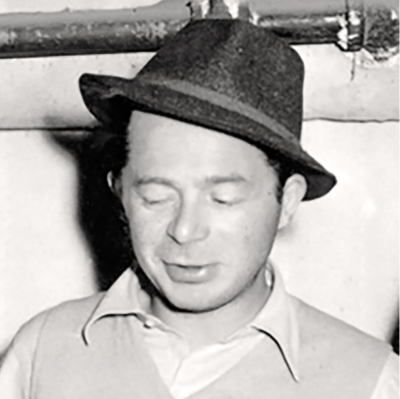

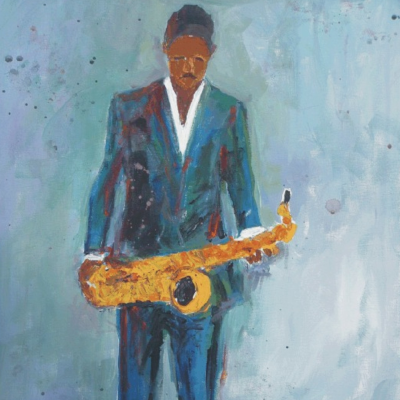



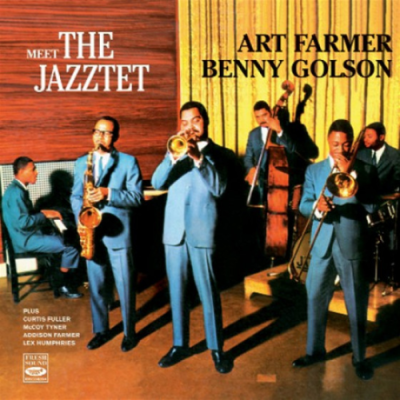




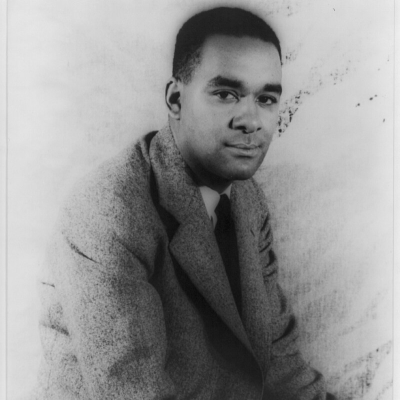
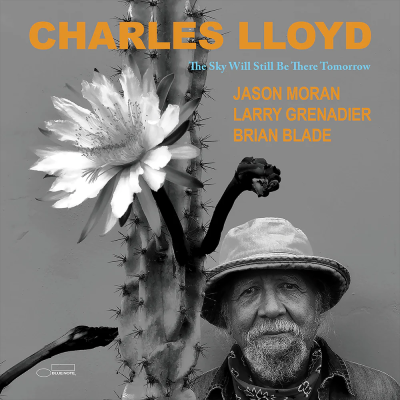
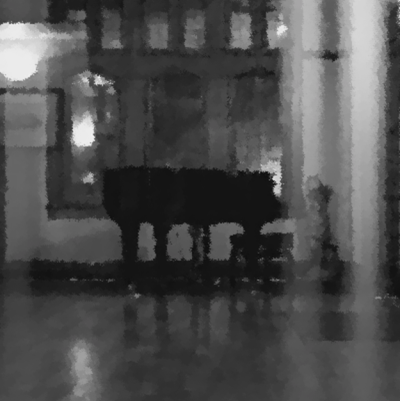

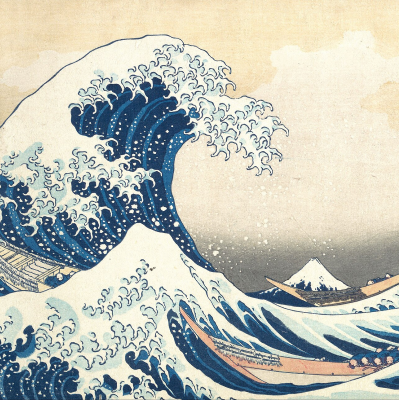
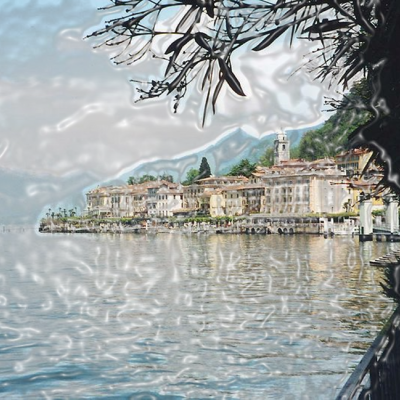

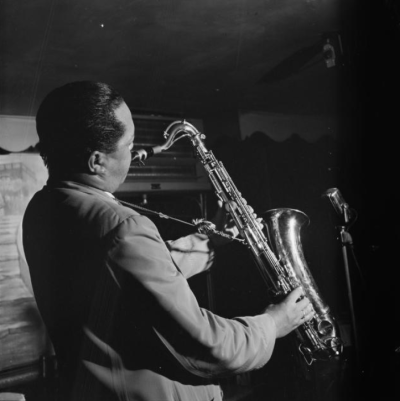


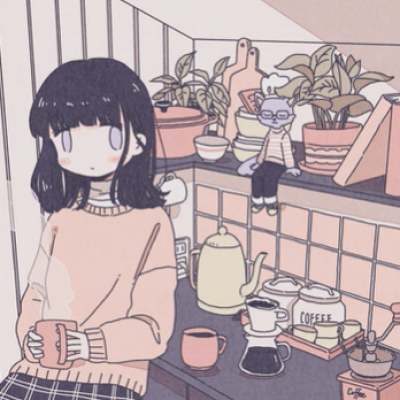

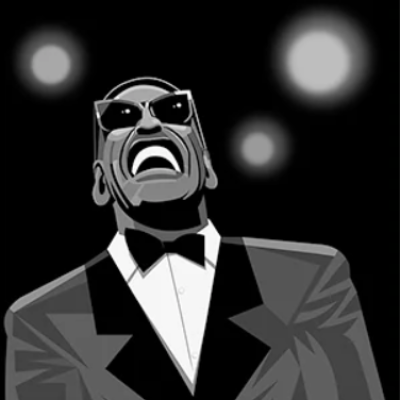
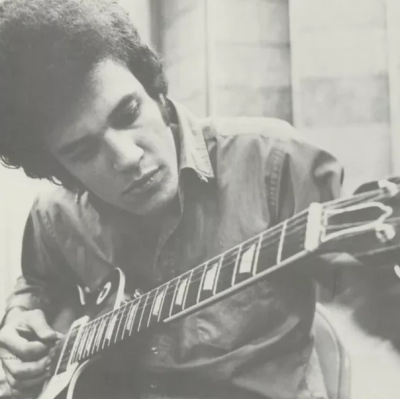







Lovely visuals, esp. considering the age of the author. Congratulations!
How amazing is this for a high school senior! The feelings exhumed are gut wrenching, the pain tangible, the tears tactile, and the doubts the protagonist has about herself are like the umbra of a Stygian waterfall pouring into the caverns of a roiling mind.
Ms Dallara’s contrasts and comparisons explore the depths of the psyche. References to gulls, the tic tock of time, Van Gough’s Starry Night and the clothes she throws aside like estranged ideas and inadequate images of herself are priceless. Where will this young lady be in twenty years? One can only hope she’ll keep writing!